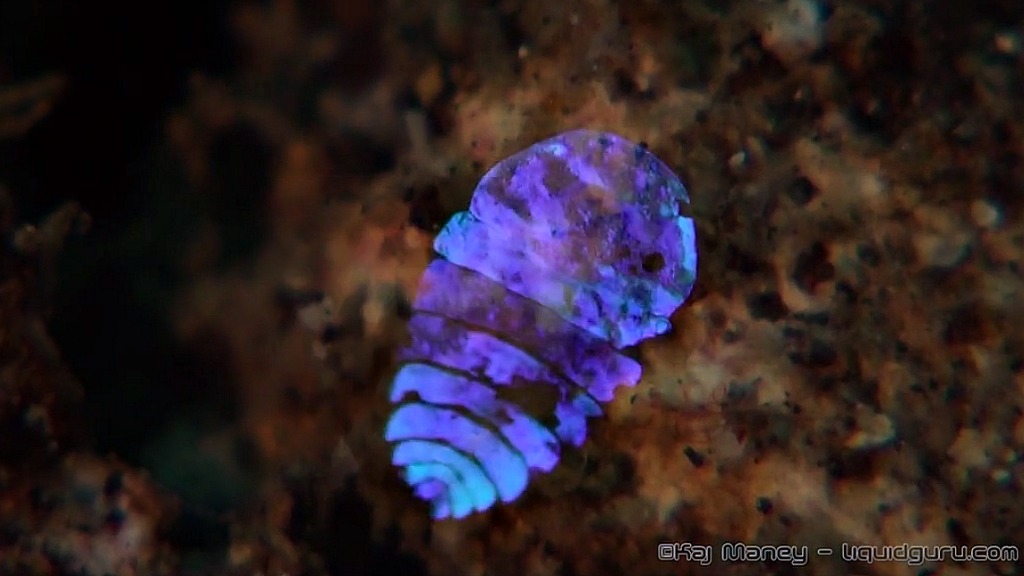When she saw a bright blue flash in a jar of water she’d collected off the coast of South Africa, jellyfish researcher Rebecca Helm thought she was hallucinating. In reality, she’d spotted the Sapphirina copepod, which she calls a sea sapphire — a tiny shrimp-like critter that shimmers with a bright blue glow. When the light hits it just right, it shines like a little reflective piece of cellophane before disappearing again. Watch:
[protected-iframe id=”a85e70f8c1bf583db308f1d417f26f40-5104299-17932162″ info=”http://vimeo.com/moogaloop.swf?clip_id=58293792&force_embed=1&server=vimeo.com&show_title=1&show_byline=1&show_portrait=0&color=ffffff&fullscreen=1&autoplay=0&loop=0″ width=”470″ height=”264″]
So how do nature’s underwater fingerprints work? Only the dudes are little blue nightlights, which sounds unfair until you hear the females have huge Zooey Deschanel-like eyes (the better to see them with!). Helm explains the iridescence:
The secret to the sea sapphire’s shine is in microscopic layers of crystal plates inside their cells. In the case of blue sea sapphires, these crystal layers are separated by only about four ten thousandths of a millimeter; about the same distance as a wavelength of blue light. When blue light bounces off these crystal layers, it is perfectly preserved and reflected. But for other colors of light, these small differences in distance interfere, causing the colors to cancel out. So while white light is composed of all colors, only blue light is reflected back.
And the sea sapphire’s see-through body means we get to witness the light’s reflections off its innards. Good to know we aren’t tripping after all.




